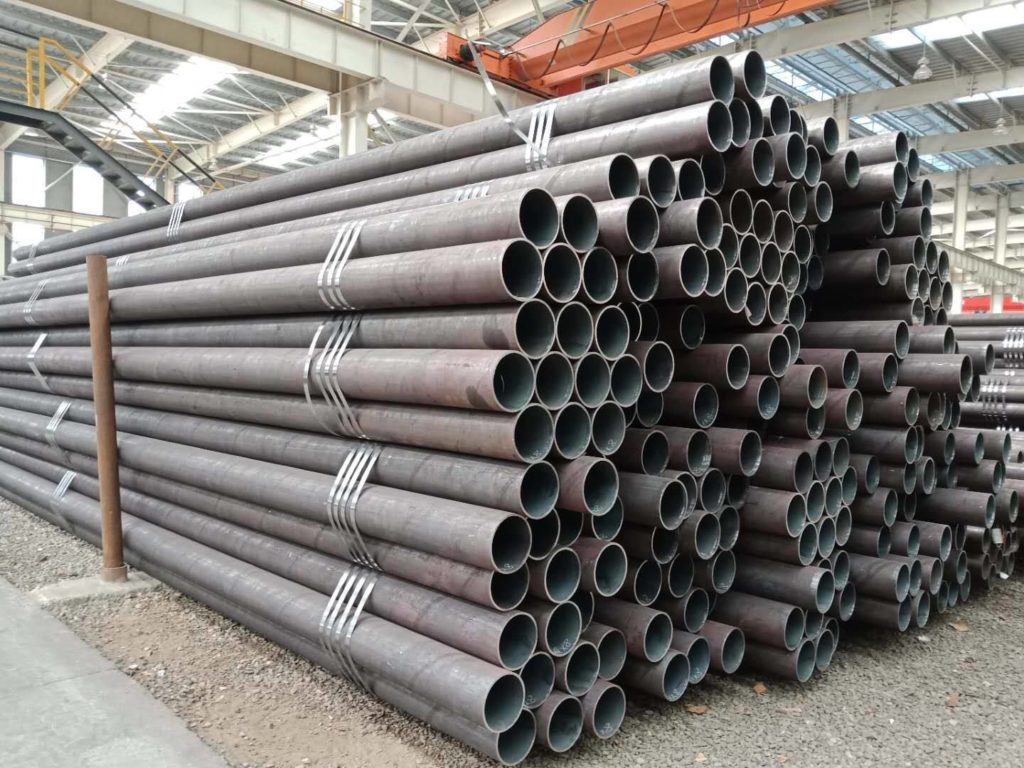
ADTO News
Difference Between Seamless Steel Pipe And Welded Steel Pipe
There are two types of steel pipe/tube. One type is a seamless steel pipe, and another type is the SAW steel pipe that has a single welded seam along its length. While SAW steel pipe can be divided into LSAW steel pipe and SSAW steel pipe. Both seamless steel pipe and seam steel pipe have different uses.
The difference in the basic manufacturing method is obvious from the names. A seamless steel tube is extruded and drawn from a billet while the SAW tube is produced from a strip that is roll formed and welded to produce a tube.
Seamless steel tubes are typically more lightweight and have thinner walls. They are used for bicycles and transporting liquids. SAW steel tubes are heavier and more rigid. They have better consistency and are typically straighter. They are used for things such as gas transportation, electrical conduit, and plumbing. Typically, they are used in instances when the pipe is not put under a high degree of stress.
Welded tube is considerably less expensive than a seamless tube and is readily available in long continuous lengths. Although the working pressure of the welded tube is 20% less than that for a similar seamless tube, working pressure is not the determining factor for choosing a seamless tube over a welded tube for analyzer sample lines. The difference in potential impurities, which reduce the corrosion resistance of the finished tube, is why a seamless tube is specified. The weld area is considered to be inhomogeneous thus exhibiting different malleability and less corrosion resistance as well as greater dimensional variation. Drawing a welded tube reduces these anomalies.
Certain pipe characteristics can be controlled during production. For example, the diameter of the pipe is often modified depending on how it will be used. The diameter can range from tiny pipes used to make hypodermic needles, to large pipes used to transport gas throughout a city. The wall thickness of the pipe can also be controlled. Often the type of steel will also have an impact on the pipe's strength and flexibility. Other controllable characteristics include length, coating material, and end finish.
Most tubing (seamless and welded) is drawn to produce final dimensional tolerances. Drawing is an operation, which “pulls” a tube through a die. There are different methods for drawing a tube however they can be thought of as sunk drawn and a plug drawn. The difference is seen in the ID surface roughness. A sunk drawn tube is done without internal support. Sink drawn tube reduces the diameter without controlling the wall thickness.


 Live Chat
Live Chat


